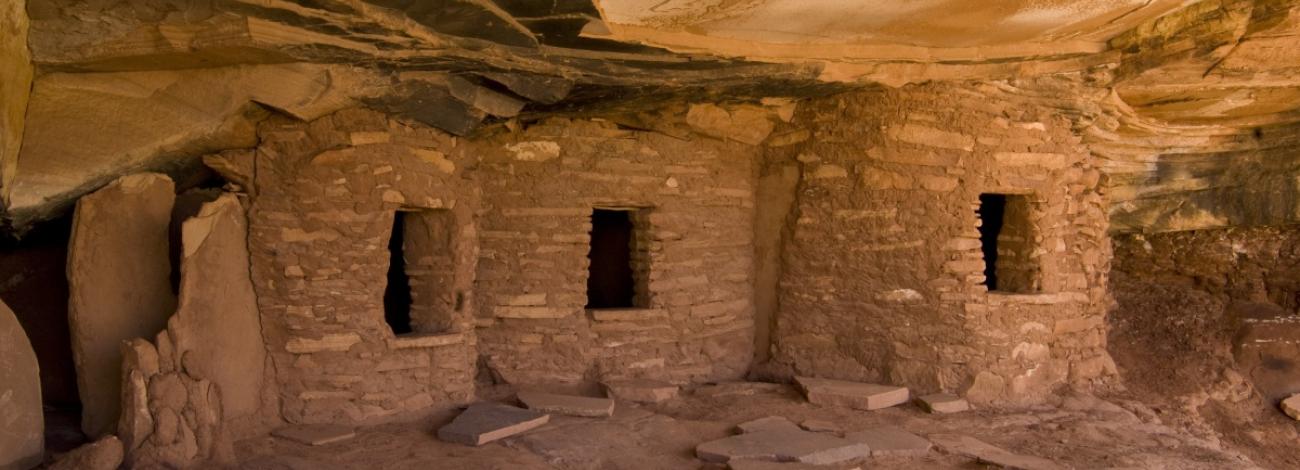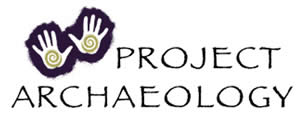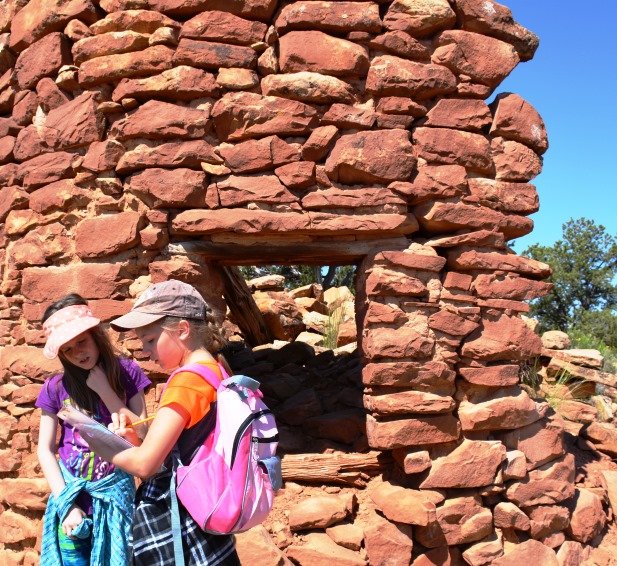
Project Archaeology
 Project Archaeology is a national heritage education program that provides professional development opportunities and educational materials for educators so that they can teach their students about past and present cultures and encourage students to help protect our nation’s archeological resources. The idea for the program began in Utah in 1990 in order to combat the vandalism and looting of archaeological sites.
Project Archaeology is a national heritage education program that provides professional development opportunities and educational materials for educators so that they can teach their students about past and present cultures and encourage students to help protect our nation’s archeological resources. The idea for the program began in Utah in 1990 in order to combat the vandalism and looting of archaeological sites.
Project Archaeology provides schoolteachers with the tools to incorporate archaeology activities into their lesson plans as they teach subjects such as math, science, and critical thinking. Teachers can attend professional development workshops through one of 27 state and regional Project Archaeology programs. To locate a program in your state visit projectarchaeology.org/state-programs.
Students learn scientific and historical inquiry and cultural understanding through high-quality educational materials. They also gain a basic understanding of archaeology. The curriculum inspires students to respect and protect the rich array of cultural resources on America’s public lands, including such fragile finds as Indian ruins and World War II remains. The goal is to develop lifelong stewards of America’s public lands.
Project Archaeology’s national curriculum guide titled Project Archaeology: Investigating Shelter is a national science and social studies curriculum focused on heritage education. It includes lessons that guide students through a complete investigation of a shelter using artifacts, maps, historic photographs or drawings, and oral histories. For more information about this and other guides, visit projectarchaeology.org.

